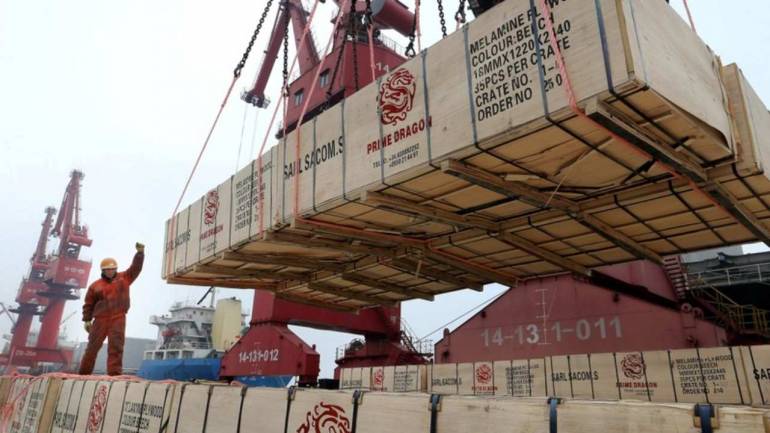Understanding India’s RCEP hesitation

Fortune India - 29 February 2020
Understanding India’s RCEP hesitation
By Hindol Sengupta
Pressure on India to join the Regional Comprehensive Economic Partnership (RCEP) has continued, including most recently from Oceania.
The prize is a trade deal of the kind rarely ever seen in history. But India’s hesitation has reasons which need to be understood in the right context. One of the most important promises made by Prime Minister Narendra Modi is his commitment to rural India (agriculture and dairy) and small businesses.
India worries, correctly, that rules of origin clauses could be violated due to tariff differentiation. There are also valid concerns about how wide Most Favoured Nation (MFN) favours can be distributed and at what cost to its domestic industry. Would RCEP force it to disseminate benefits to RCEP nations which replicate its agreements with other MFN countries? How would its domestic industry returning to strength after a slowdown protect itself from import surges?
There is a history in this that is worth considering. In 2010, India signed a free trade agreement with ASEAN and South Korea, and a similar agreement with Japan and Malaysia in 2011. Under a previous regime, India opened its markets by around 74% to ASEAN countries but even countries from the region which were prosperous, like Indonesia, only opened markets by about 50% for Indian goods. While India began exploring a free trade agreement with China in 2007 and joined RCEP deliberations in 2011-12, the country’s trade deficit with RCEP nations ballooned from $7 billion (2004) to $78 billion a decade later. It is difficult for Prime Minister Modi’s government to negotiate further opening without resolving the existing issues first.
As in foreign policy, so in trade, India today propagates a certain pragmatism based to ground realities, and to offer succour to sectors of its economy that need it the most. There have been a series of steps that suggest the seeping in of such pragmatism, from the restrictions on the import of agarbattis (incense sticks) to duty safeguard on the import of palm oil, a minimum import price on cashew kernel and restrictions on the import of peas and pulses. Advanced monitoring of steel imports has also been put in place. There is an active review currently going on about previously negotiated free trade agreements.
The protection of farmer interests played a crucial role in the Indian Prime Minister’s arguments at the World Trade Organisation meeting in Buenos Aires in 2017, so there is a consistency to the arguments, both politically and ideologically, that Modi is making today. India has also pushed through support for small and independent fishermen from 80 countries around the world.
Its stance on RCEP, therefore, is a product of a mix of domestic issues and international concerns at a critical juncture in its growth story. Its embrace of the world and indeed world trade cannot leave aside, or forget, some of its most vulnerable people.
This is not a uniquely Indian concern. Around the world after decades of universalism about trade, concerns have surfaced in every country. Even lifelong free market champions like myself have no choice anymore but to compassionately listen to voices and complaints of people who have been left behind in the process of globalisation.
Prime Minister Modi’s electoral victories have been created by stitching together a delivery mechanism for governance goods and services at the last mile level, and it is through this lens that the hesitation of his government on RCEP ought to be considered.





